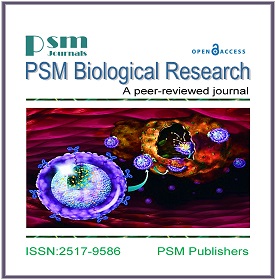Potassium Response against Incidence of Cotton Leaf Curl Virus Disease and its Effect on Seed Cotton Yield
Keywords:
Cotton, Potassium, CLCuV Disease, Seed-cotton yield.Abstract
Seed cotton yield is being declined because of several environmental stresses (biotic and abiotic). Among these stresses, cotton leaf curl virus disease has caused a severe threat to the production of cotton crops in Pakistan. In this connection, a field experiment was conducted at Central Cotton Research Institute, Sakrand, Sindh for two consecutive years to determine response of potassium (K) nutrition against the infestation of CLCuV disease and seedcotton yield. The experiment was designed in randomized complete block (RCBD) with four replications. Three potassium were applied 0 (control), 50, 100, and 150 kg K2O ha-1. A basal dose of 170-60 kg N: P205 ha-1 was common to all the replications and the cultivar was Bt.CRIS-508. The results showed that yield and its related components i.e. boll formation plant-1, boll weight, and seed index were significantly improved by the addition of K application and were observed highest with the application of 150 kg K2O ha-1 on both consecutive years. Data for K concentration in different plant parts differed significantly and increased linearly with increasing K-level. Potassium concentration increased linearly with increasing K-levels. The absorption of K by various plant parts increased with a concurrent increase in varying levels of K-fertilizer. An averaged across levels, the relative K concentration in plant parts was found in decreasing in order of leaves, burs, stem, seed, and lint. Results for the incidence of CLCuV disease significantly reduced due to K levels. The K fertilizer application resulted in the reduction of CLCuV disease spread at its mild infection levels.
Downloads
Published
How to Cite
Issue
Section
License
Copyright (c) 2022 PSM

This work is licensed under a Creative Commons Attribution-NonCommercial 4.0 International License.







